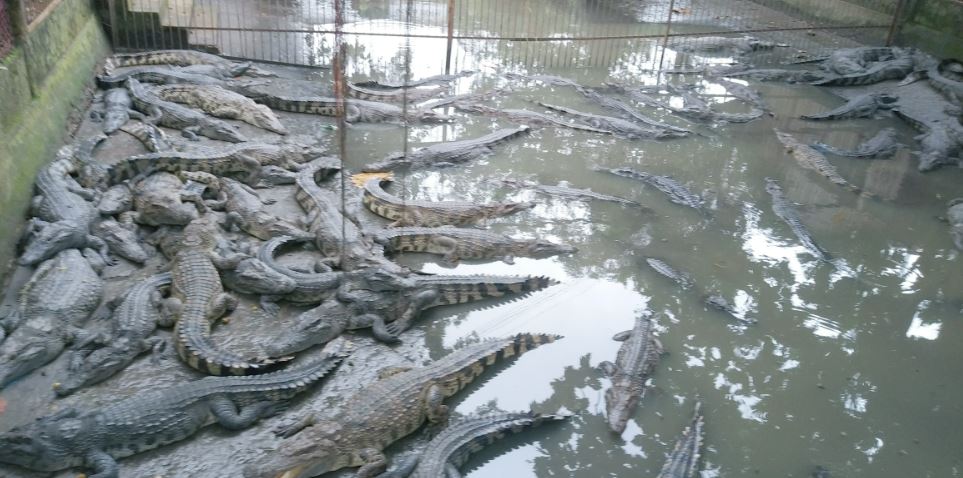HANDS AND FEET
BACKGROUND INFORMATION
The industry involves a considerable amount of Manual Handling. Injuries to hands and feet make up a high percentage of the total number of injuries. Many injuries are caused because individuals do not take time to assess the hazards and risks involved when they are to carry out simple everyday work.

HAZARDS
- Fingers and hands being cut by material being handled
- Hands or feet being trapped / crushed between items being lifed or moved and other objects
- Hands and feet being trapped by loads being slung
- Fingers or hands being caught in lifting gear, ie slings, chains, when slinging and lifting
- Cuts to hands, arms, legs from knives, chisels, saws and other hand tools
- Cuts and bruising to hands by being struck with hammers
- Puncture injuries to feet
- Tripping caused by shoe or boot laces becoming caught on objects
- Finger rings and arm bracelets hooking onto objects

HEALTH AND SAFETY POINTS
- Wear correct type of gloves for material to be handled or tasks to be carried out
- Before lifting or moving objects, consider how close other objects are and how difficult it will be to manoeuvre, particularly when two or more persons are involved
- Take care when manhandling loads that are moving, eg on pallet truck or by crane. Avoid getting into positions between the load and other objects in the direction the load is travelling. Moving loads are difficult to stop
- When slinging, keep hands away from pinch points on lifting gear slings, chains or between lifting gear and load
- When using hand tools, stanley knives, chisels, saws etc ensure tools are sharp and in good condition. Cut away from hands and body
- When pins, bolts, etc have to be held to be driven, use tongs etc to keep hands away from hammer heads
- To prevent puncture injuries to feet, wear safety shoes/boots. Replace shoes/boots when uppers became holed by either wear or stitching breaking
- Keep shoe/boot laces as short as practicable. Long loops can catch a objects. Avoid boots that have hooks instead of eyes. When feet are close together the lace from on boot can hook onto the hook of the other boot
- Remove rings/bracelets when carring out work where they could catch on objects. Fingers have been completely torn off.
QUSTION TIME
- When using hand tools for cutting, in which direction should you cut?
- In what conditions should the cutting edge of tools be kept?
- When slinging loads and lifting, hands must be kept away from where?
- What position must be avoided when loads are being moved?
SAFETY REMINDER
Wear gloves and safety footwear to protect hands and feet that are needed for work.
